Everything You Need to Know About Reroofing Your Home
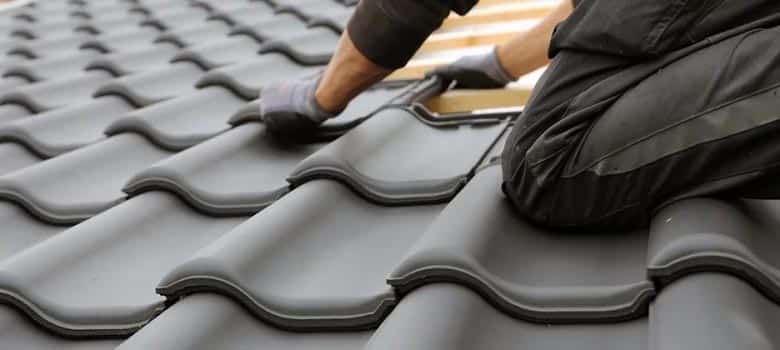
Your roof is one of the most critical components of your home, providing protection from the elements and contributing to overall structural integrity. Over time, wear and tear can lead to leaks, damaged shingles, or other issues, necessitating a reroof. But what exactly does reroofing involve, and when is it the right option? This guide will walk you through everything you need to know about reroofing your home.
What is Reroofing?
Reroofing is the process of adding a new layer of shingles over an existing roof, rather than tearing off the old roofing materials. This method is typically more affordable and less labor-intensive than a full roof replacement, making it a popular choice for homeowners looking to extend the life of their roof without the high costs of a complete overhaul. Additionally, applying roof coatings can further enhance the durability and weather resistance of your roof, providing an extra layer of protection against the elements.
Signs That You Need a Reroof
Before deciding on reroofing, it’s essential to assess whether your roof qualifies for this process. Some common signs that indicate the need for reroofing include:
Curling or Buckling Shingles: These can allow water to seep underneath, causing damage to your home’s structure.
Worn or Missing Shingles: If you notice bald spots where granules are missing, it may be time to consider reroofing.
Minor Leaks or Water Damage: Small leaks that haven’t spread extensively can often be fixed with reroofing.
Age of Your Roof: If your roof is approaching the end of its lifespan (typically 20-30 years for asphalt shingles), reroofing might be a good option to prolong its durability.
Benefits of Reroofing
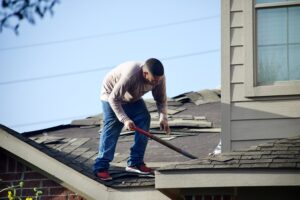 Choosing to reroof instead of replacing your entire roof has several advantages:
Choosing to reroof instead of replacing your entire roof has several advantages:
Cost-Effective: Since reroofing doesn’t involve tearing off the existing shingles, it reduces labor and material costs.
Faster Installation: The process is quicker than a full roof replacement, minimizing disruptions to your home.
Enhanced Curb Appeal: A new layer of shingles can refresh the look of your home and improve its resale value.
Extended Lifespan: A reroof can add several more years of protection before a full replacement is necessary.
When is Reroofing Not an Option?
While reroofing is a great option in many cases, it’s not always the best solution. Some situations where a full roof replacement may be required include:
Extensive Water Damage: If the underlying decking is rotting or severely damaged, simply adding a new layer of shingles won’t fix the problem.
Multiple Layers of Shingles: Most building codes allow for only two layers of shingles. If your roof already has two layers, a full replacement is necessary.
Structural Issues: If the roof is sagging or has other structural concerns, replacing it entirely is a safer and more effective choice.
The Reroofing Process
If reroofing is the right option for your home, here’s what to expect during the process:
Inspection: A roofing professional will assess your roof to determine if reroofing is feasible.
Preparation: Any damaged or loose shingles will be secured, and the roof will be cleaned to ensure a smooth surface.
Shingle Installation: New shingles will be laid over the existing ones, properly aligned and nailed in place.
Final Inspection: The contractor will check for proper installation and ensure no issues remain.
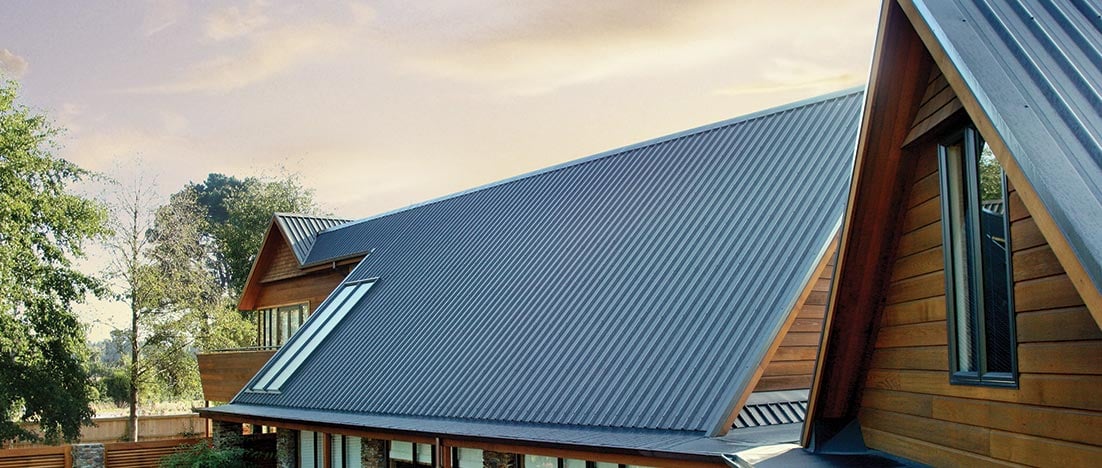
Hiring a Professional vs. DIY Reroofing
While some homeowners consider reroofing a DIY project, it’s often best left to professionals. Roofing experts have the necessary skills, equipment, and experience to ensure the job is done safely and correctly. Additionally, hiring a professional ensures compliance with local building codes and warranty protection for the materials used.
Reroofing is an excellent way to extend the life of your roof without the high costs of a complete replacement. If your roof has minor wear and tear but is still structurally sound, reroofing can provide an affordable and efficient solution. However, it’s essential to consult with a roofing professional to determine whether reroofing is the right choice for your home. With proper care and maintenance, a reroof can add years of protection and enhance the value of your property.
The Ultimate Guide to Asphalt Shingles: A Durable and Affordable Roofing Solution
When it comes to roofing options, asphalt shingles are among the most popular choices for homeowners and contractors alike. They offer a combination of affordability, durability, and aesthetic appeal, making them an excellent option for a wide range of home styles. If you’re considering a roof replacement or a new installation, this guide will help you understand everything you need to know about asphalt shingles.
What Are Asphalt Shingles?
Asphalt shingles are roofing materials made from a base (usually fiberglass or organic felt) that is coated with asphalt and covered with mineral granules. This composition provides a weather-resistant, long-lasting, and attractive roofing solution for residential and commercial buildings.
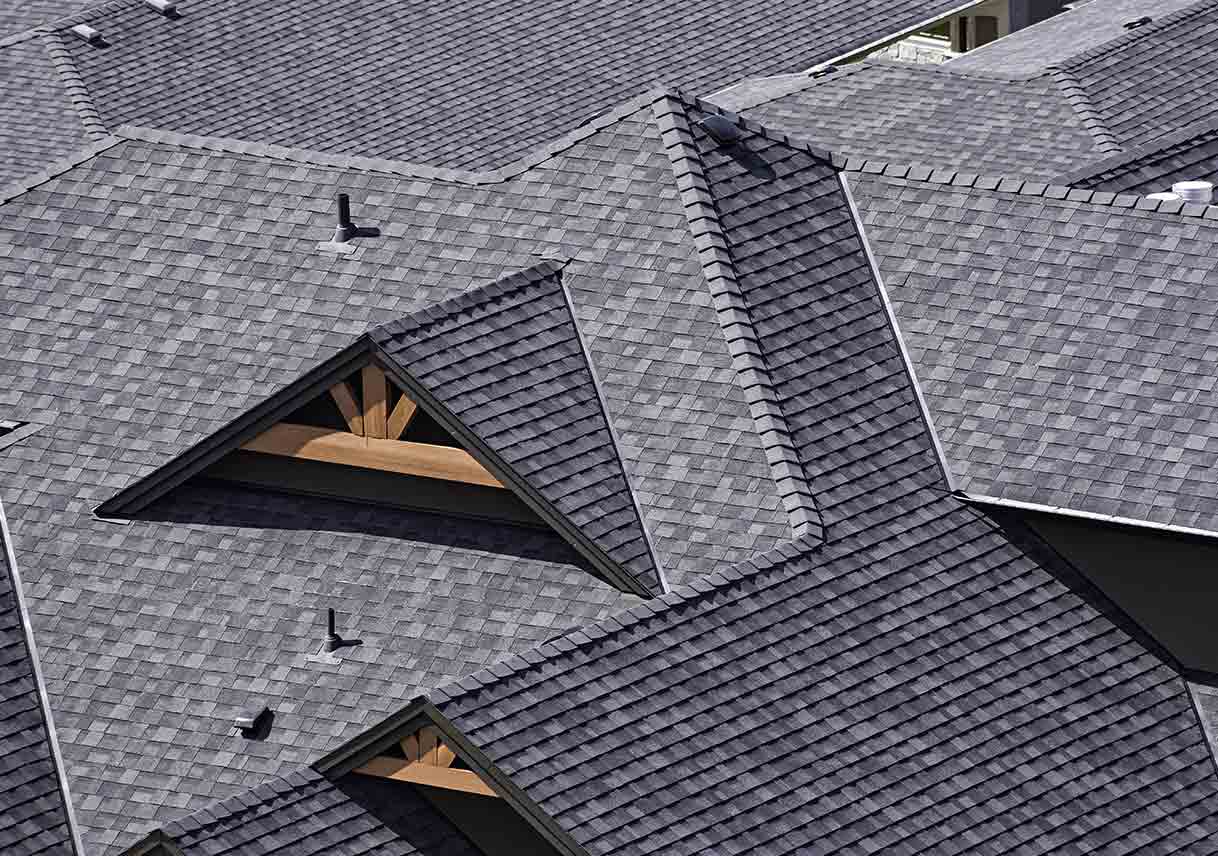
Types of Asphalt Shingles
There are three primary types of asphalt shingles:
Three-Tab Shingles
The most basic and affordable type.
Flat appearance with uniform cutouts (or tabs).
Typically lasts 20-25 years.
Architectural (Dimensional) Shingles
Thicker and more durable than three-tab shingles.
Designed to mimic the look of wood shakes or slate.
Can last 30-50 years, depending on quality.
Luxury Shingles
Premium option offering maximum durability and aesthetics.
Heavier and larger, often resembling slate or cedar shakes.
Can last over 50 years with proper maintenance.
Benefits of Asphalt Shingles
- Affordability
Asphalt shingles are cost-effective compared to other roofing materials like metal, slate, or tile. They provide excellent value for homeowners looking for a reliable roof without breaking the bank.
- Easy Installation
Asphalt shingles are relatively easy to install, making the process quicker and more affordable. Many roofing contractors specialize in asphalt shingles, ensuring availability and expertise.
- Durability and Weather Resistance
Modern asphalt shingles are designed to withstand harsh weather conditions, including high winds, heavy rain, and even hail. Some are rated for wind speeds up to 130 mph.
- Variety of Styles and Colors
With a vast selection of colors and styles available, asphalt shingles can complement any architectural design, enhancing a home’s curb appeal.
- Energy Efficiency
Many asphalt shingles come with reflective coatings that help reduce heat absorption, keeping your home cooler in warm climates and improving energy efficiency.
Maintenance and Lifespan
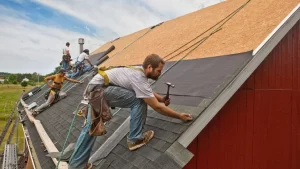 To maximize the lifespan of asphalt shingles, consider the following maintenance tips:
To maximize the lifespan of asphalt shingles, consider the following maintenance tips:
Inspect the roof regularly for missing, damaged, or curling shingles.
Keep gutters clean to prevent water buildup and leaks.
Trim overhanging tree branches to reduce debris accumulation.
Address minor repairs promptly to prevent extensive damage.
Choosing the Right Asphalt Shingles for Your Home
When selecting asphalt shingles, consider factors like climate, budget, and desired aesthetics. If you live in an area with extreme weather conditions, opt for shingles with high impact and wind resistance ratings. Additionally, choosing a reputable roofing contractor ensures proper installation and long-term performance.
Asphalt shingles are a top choice for homeowners seeking a cost-effective, stylish, and long-lasting roofing solution. Whether you’re upgrading your existing roof or installing a new one, understanding the types, benefits, and maintenance of asphalt shingles can help you make an informed decision. With the right selection and proper care, your asphalt shingle roof can protect and enhance your home for decades to come.
The Ultimate Guide to Getting a New Roof: What Homeowners Need to Know
A new roof is one of the most significant investments you can make in your home. Whether you’re replacing an aging roof or upgrading for aesthetic and functional reasons, understanding the process can help you make informed decisions. Here’s everything you need to know about getting a new roof.
Signs You Need a New Roof
Before jumping into the replacement process, it’s essential to recognize the signs indicating that your roof needs an upgrade. Here are some common indicators:
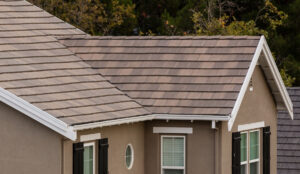 Age: Most asphalt shingle roofs last between 20-30 years. If your roof is nearing the end of its lifespan, it might be time for a replacement.
Age: Most asphalt shingle roofs last between 20-30 years. If your roof is nearing the end of its lifespan, it might be time for a replacement.
Visible Damage: Missing, curling, or cracked shingles are signs of wear and tear.
Leaks and Water Damage: Water stains on ceilings and walls can indicate roof leaks.
Moss and Algae Growth: Excessive moss or algae can signal trapped moisture, which can lead to roof deterioration.
Sagging Roof: A sagging roof could be a sign of structural issues that need immediate attention.
Choosing the Right Roofing Material
Selecting the right roofing material is crucial for durability, energy efficiency, and aesthetics. Here are some popular options:
Asphalt Shingles: Affordable and widely used, offering good durability and variety in colors.
Metal Roofing: Highly durable, energy-efficient, and can last up to 50 years.
Tile Roofing: Offers a unique aesthetic and longevity but is heavier and requires a strong support structure.
Slate Roofing: One of the longest-lasting materials but comes at a higher cost.
Wood Shingles and Shakes: Provide a natural look but require more maintenance.
The Roof Replacement Process
Understanding what to expect during a roof replacement can help you prepare for the project. Here’s an overview of the process:
Inspection and Estimate: A professional roofer will assess your roof’s condition and provide a cost estimate.
Choosing Materials: Decide on the type, color, and style of your new roof.
Permits and Paperwork: Ensure that all necessary permits are obtained before work begins.
Removing the Old Roof: The existing roofing material is stripped down to the decking.
Inspecting the Decking: The roof decking is checked for damage and repaired if needed.
Installing the New Roof: A new underlayment, flashing, and shingles or other roofing materials are installed.
Final Inspection and Cleanup: The area is cleaned, and a final inspection ensures the installation meets quality standards.
Tips for Hiring a Roofing Contractor
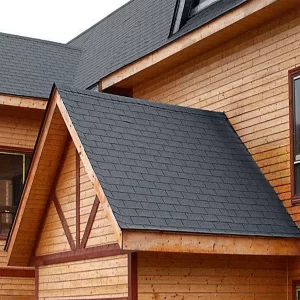 Hiring the right contractor ensures a smooth and successful roof replacement. Here’s what to look for:
Hiring the right contractor ensures a smooth and successful roof replacement. Here’s what to look for:
Licensed and Insured: Always choose a contractor with proper licensing and insurance.
Experience and Reputation: Check reviews, ask for references, and look at past projects.
Warranty Offered: A good contractor should provide a workmanship warranty in addition to the manufacturer’s warranty on materials.
Detailed Estimate: Ensure you receive a written estimate with a breakdown of costs.
A new roof is a major home improvement project, but with proper planning and the right professionals, it can be a smooth process. Whether you’re upgrading for aesthetics, energy efficiency, or necessary repairs, investing in a quality roof ensures protection, value, and peace of mind for years to come.
If you’re considering a roof replacement, consult a professional roofer to discuss your options and get a quote tailored to your needs.
